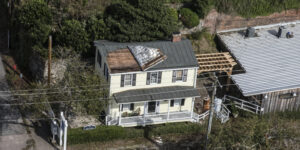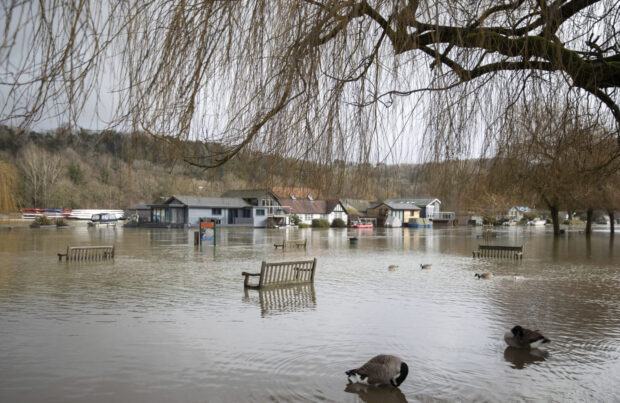Flood Re, the joint initiative between the UK insurance industry and the UK government to promote the availability and affordability of flood insurance, has launched a proposition designed to ensure homes are more resilient against flooding.
Starting in April, participating home insurers will offer customers access to reimbursement costs of up to £10,000 ($13,052), over and above work to repair damage and loss caused by a flood. The funds will pay for the installation of flood resilience measures that will help householders to return to their homes sooner following a flood.
Flood Re said the scheme, called “Build Back Better,” is designed to help the United Kingdom become more resilient to the changing climate.
The initial participating insurers are:
- Ageas
- Aviva
- NFU Mutual
- Lloyds Banking Group (Bank of Scotland, Halifax and Lloyds Bank home insurance products)
- LV= General Insurance
Flood Re said examples of flood resilience measures can include raising electrical sockets and white goods away from floor level, installing self-closing air bricks and flood resistant doors, and replacing flooring with waterproof tiling and grout.
The reimbursement costs can also include carrying out surveys to understand the flood risk and potential mitigation. Combined with individual action such as moving sentimental items and important documents upstairs when a flood occurs, these changes can help protect householders from the devastating impacts of recurrent flooding and mitigate the financial and emotional consequences.
Adapting to Flood Risk
While the introduction of the Build Back Better scheme is a vital step in responding to growing climate-related risks, Flood Re said, it must be combined with other actions to ensure widespread adaptation in order to create a more flood-resilient economy.
The UK government is investing a record £5.2 billion in the flood and coastal defense program in England, which will better protect a further 336,000 properties and reduce national flood risk by up to 11 percent. There are currently 5.2 million homes and businesses at risk of flooding in England, Flood Re noted, quoting statistics from the National Flood and Coastal Erosion Risk Management Strategy for England, Environment Agency, 2020
The government has also committed to publishing a Property Flood Resilience (PFR) road map at the end of this year identifying the action government and industry need to take to accelerate take-up of property flood resilience measures and successfully underpin the nascent PFR market.
“In the UK, since 1998 we have seen six of the wettest years on record, with 5.2 million homes and businesses at risk of flooding. The trajectory will only continue to worsen without urgent, collective action. There is no time to waste. It is vital we encourage and incentivize adaptation among homeowners,” commented Andy Bord, CEO, Flood Re.
“The insurance industry has an opportunity to show its innovation and responsiveness to consumer need and to make real, tangible change. But to do so, we must throw the traditional principles of insurance to one side. This means thinking of future resilience and building back better after a flood, rather than simply returning a property to how it was before,” he added.
“It’s hugely encouraging that five insurers have already partnered with us to offer Build Back Better provisions to customers, and I am encouraged that, together with insurers soon to join, we will truly make a difference.”
About Flood Re
More than 450,000 homes have now benefited from the Flood Re scheme since its launch in 2016, with four out of five homes with previous flood claims experiencing a price reduction of more than 50 percent. Flood Re exists to help with the affordability and availability of flood insurance for homes across the UK. As a result, 98 percent of homes at risk of flooding are now able to access quotes from more than five of the insurance brands backed by the scheme.
Source: Flood Re
Photograph: Floodwater covers the Mill Meadows next to a flooded river Thames in Henley-on-Thames, England, on Feb. 2, 2021. Photo credit: Andrew Matthews/PA via AP





















 The Power of the First Offer: Anchoring, Evidence and the Battle for Perception
The Power of the First Offer: Anchoring, Evidence and the Battle for Perception  Getting the Embedded Ecosystem Right
Getting the Embedded Ecosystem Right  Insurance Customers Skeptical About AI Processes and Benefits
Insurance Customers Skeptical About AI Processes and Benefits  Executive Utterances: On Presenting
Executive Utterances: On Presenting 